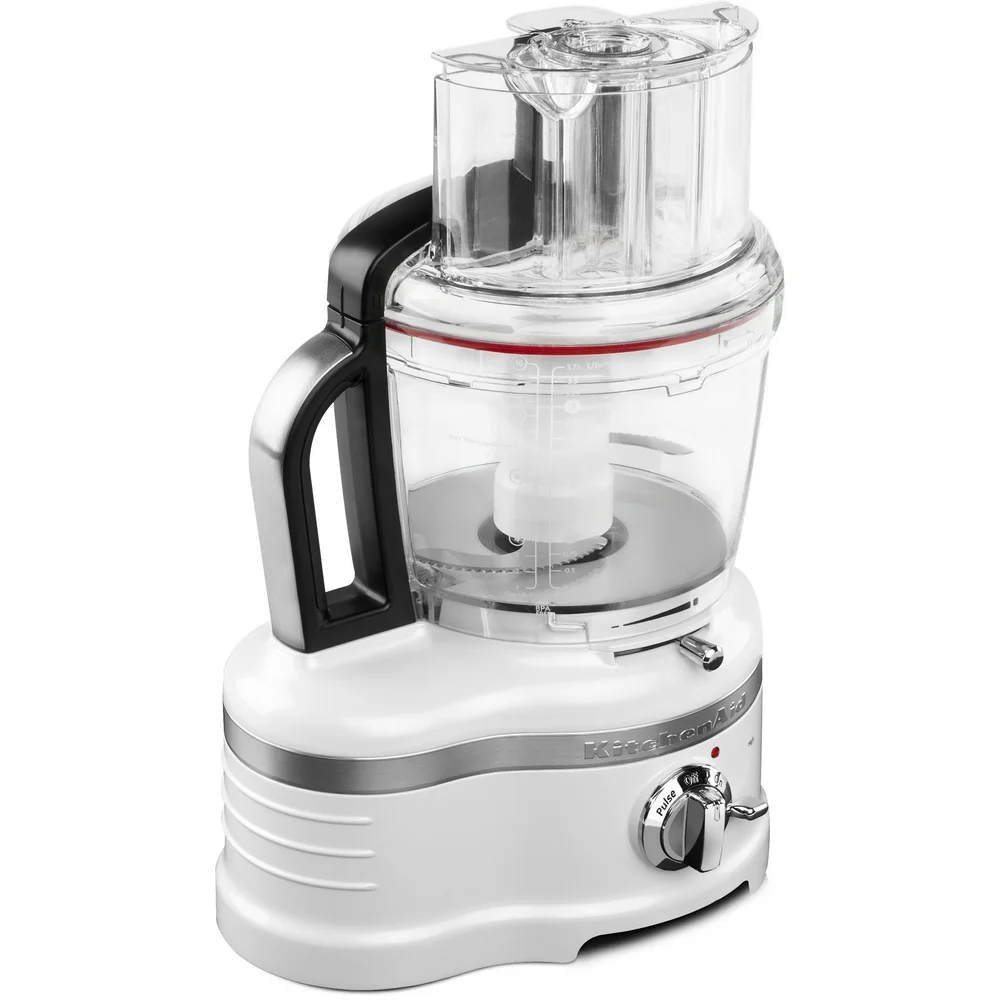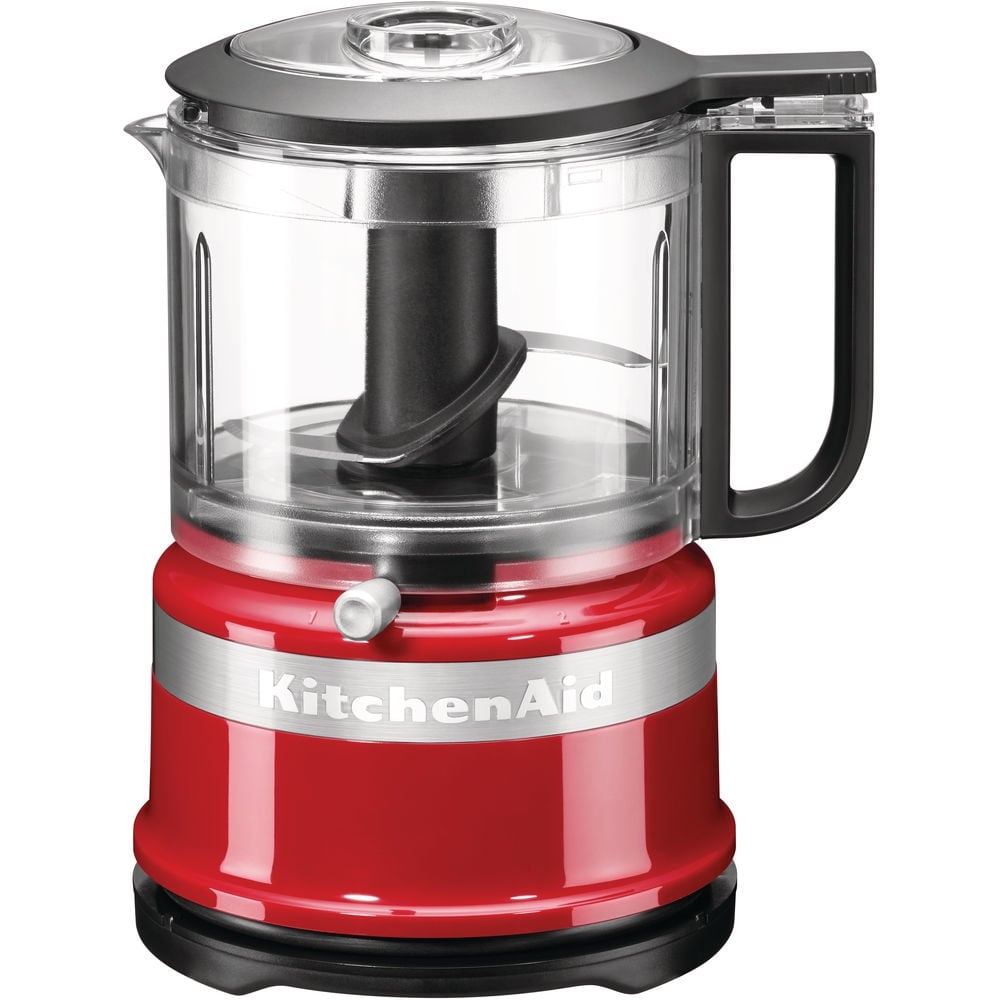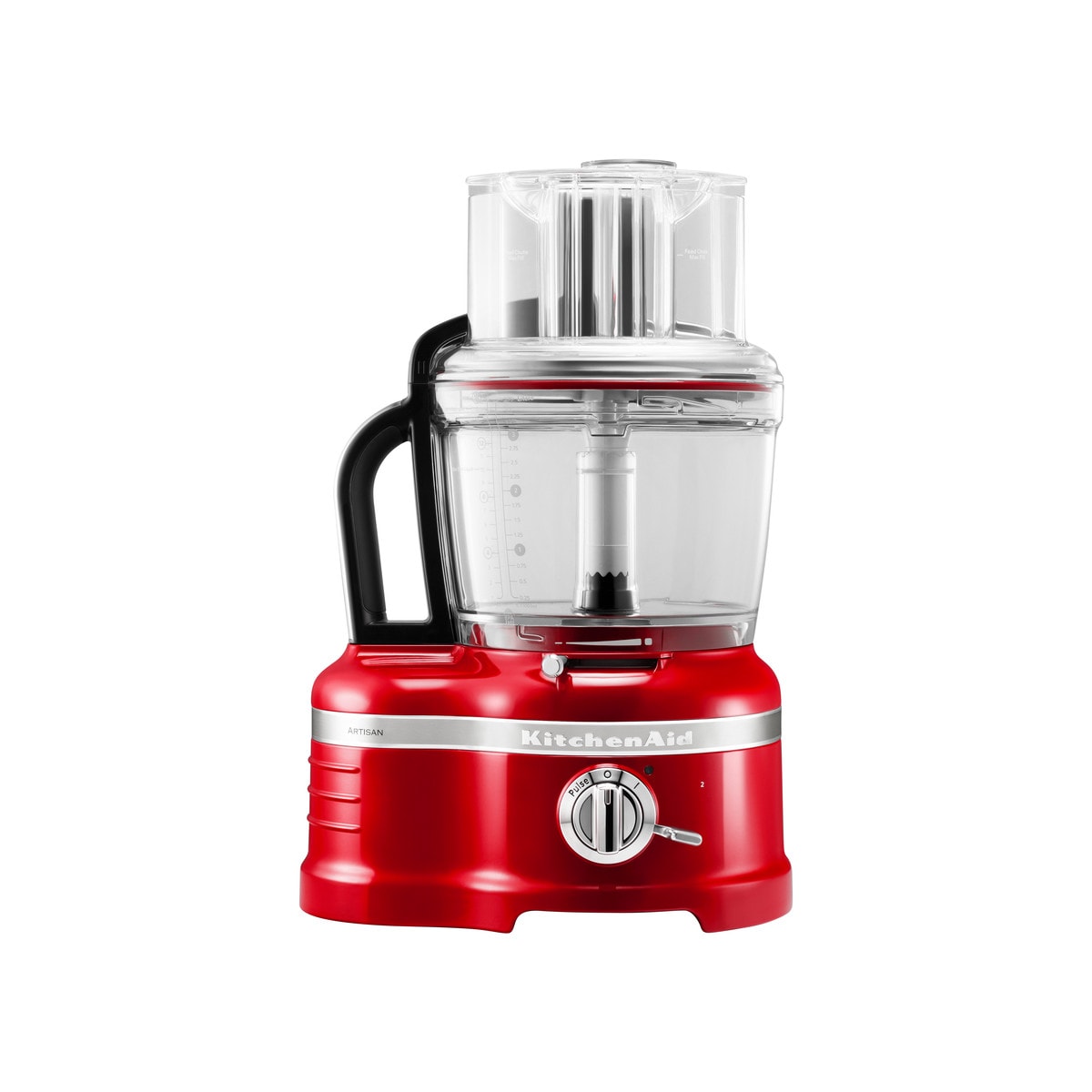
Common Issues with KitchenAid Food Processors
When your kitchen aid food processor is not working, it can be frustrating. Understanding common issues may help you diagnose and fix problems quickly. Below, we outline typical problems that might occur with KitchenAid food processors.

Motor Doesn’t Turn On
This is a basic but common issue. Check if the power cord is intact and plug it into a working outlet. Ensure the bowl and lid are locked in place properly; safety mechanisms prevent the motor from running if they are not.
The Processor Stops Suddenly
Mid-operation stops might occur due to overheating or overloading the machine. Allow it to cool down or remove some contents and try again.
Unresponsive Buttons or Controls
Over time, controls can become unresponsive due to dirt accumulation or wear and tear. Clean the buttons gently with a damp cloth, avoiding harsh chemicals.
Inconsistent Chopping or Slicing
Blunt blades or improper assembly could be culprits. Make sure the blade is sharp and correctly installed. Also, check if you’re using the right setting for the food type.
Leakage from the Bowl
Leakage might happen if the bowl isn’t sealed correctly. Inspect the sealing gasket and ensure it’s free from damage and debris.
Noisy Operation
Excessive noise can suggest a loose part or something stuck in the blade area. Inspect and clean the inside of the food processor, and tighten any loose elements.
Addressing these common issues promptly can extend the life of your kitchen aid food processor and ensure it is always ready for your culinary adventures.
Initial Checks Before Troubleshooting
Before you dive into fixing your kitchen aid food processor not working, perform some initial checks. These steps can save time and help pinpoint the real issue.
- Ensure Power Supply: Double-check that the power cord is plugged into an active outlet. Try different outlets to rule out the possibility of a faulty socket.
- Examine the Power Cord: Look for any damage or frays on the power cord that might prevent electricity flow.
- Check Bowl and Lid Placement: Confirm the bowl and lid are in the correct position. They must be locked in securely for the processor to operate.
- Inspect for Obstructions: Remove the bowl and look for any food debris or foreign objects that may obstruct the blade’s movement.
- Verify the Motor’s Functionality: If there’s no sound from the motor, briefly test it without attachments to see if it operates.
- Assess the Safety Mechanism: KitchenAid food processors have safety features. Make sure they are all engaged correctly.
- Review Settings: Confirm you’re using the right setting for the task. Incorrect settings might prevent the processor from starting.
Completing these checks may lead you to a simple solution without the need for intricate troubleshooting or repairs. If the kitchen aid food processor is still not working after these steps, you can move forward with more specific troubleshooting methods detailed in the subsequent sections.
How to Fix a Food Processor That Won’t Start
If your kitchen aid food processor is not kicking into action, it’s time to troubleshoot. Here’s a step-by-step guide to fix the issue.
Ensure Proper Assembly
First, verify that you’ve assembled the food processor correctly. Each component, including the bowl and lid, must click into place securely. If any part is loose, the machine may not start due to safety protocols.
Test the Power Source
Next, check the power source. Confirm that the outlet is live by plugging in another appliance. If the issue lies here, switch to a different socket.
Inspect the Power Cord
Examine the power cord for damage. Look for cuts, frays, or signs of wear that could impede the power flow. Replace the cord if it appears compromised.
Reset the Food Processor
Attempt a reset. Unplug the food processor, wait for a minute, then plug it in again. This can often clear minor electronic glitches.
Check Safety Mechanisms
Ensure that all safety mechanisms are engaged. KitchenAid food processors won’t start if they detect that the bowl and lid aren’t locked correctly.
Examine the Motor
If the motor makes no sound, it may require further inspection. Without attachments, test the motor to see if it works independently.
If these steps don’t solve the problem of your kitchen aid food processor not working, detailed troubleshooting or professional repair may be necessary. Regular maintenance can prevent many start-up issues, extending the lifespan of your appliance.
 Solutions for Food Processor Overheating Problems
Solutions for Food Processor Overheating Problems
Overheating in kitchen aid food processors can cause concern. To address this, try the following steps.
Stop and Cool Down
First, turn off the processor. Let it cool for a short period before retrying.
Reduce the Load
Too much content can strain the motor. Take some out to lighten the load.
Check for Blockages
Remove any stuck food from the blade area. This can prevent overheating.
Allow Airflow
Make sure the processor has proper air circulation around it. Congestion can cause heat build-up.
Inspect for Wear and Tear
Parts wearing out can cause friction. Check for any signs of wear and replace if needed.
By following these simple steps, you can usually fix overheating problems with your kitchen aid food processor and prevent them from reoccurring. Regular maintenance is key to ensuring that your food processor works efficiently without overheating.
Handling Blade Assembly Issues
When facing issues with your kitchen aid food processor not working, blade assembly problems might be the cause.
Check Blade Sharpness
First, ensure the blade is sharp. Dull blades struggle to process foods efficiently, which can seem like a processor fault.
Verify Correct Installation
The blade must be installed correctly. If misaligned, it can lead to improper functioning. Make sure the blade fits securely on the base.
Look for Damage
Inspect your blade for any signs of damage or wear. Cracks or chips can affect performance. Replace a damaged blade immediately.
Clean the Blade Regularly
Food particles can jam the blade. Clean it thoroughly after each use to maintain optimal performance and prevent issues.
Addressing these points can help resolve many of the common blade assembly issues, ensuring your kitchen aid food processor works smoothly for your cooking tasks.
Tips for Maintaining Your KitchenAid Food Processor
Proper maintenance can prevent the common ‘kitchen aid food processor not working’ issues. Here are some quick tips:
Clean Regularly
After each use, clean the food processor thoroughly. This stops food particles from jamming moving parts.
Inspect Blades and Attachments
Regularly check the blades and attachments for wear. Look for dullness or damage. Replace if needed.
Check Sealing Gaskets
Ensure sealing gaskets are not worn or damaged. This will help avoid leaks and ensure safe operation.
Store Correctly
Store your food processor in a dry place. Avoid stacking heavy items on top of it.
Avoid Overfilling
Do not overfill the bowl. Follow the max fill line to prevent motor strain and leakage.
Don’t Ignore Odd Noises
If you hear weird noises, don’t ignore them. Check for loose parts or necessary clean-ups.
Schedule Regular Check-Ups
Just like a car, your processor benefits from regular check-ups. Do this at least once a year.
Following these simple tips will keep your food processor in top condition and help avoid many common issues.
 When to Seek Professional Repair for Your Appliance
When to Seek Professional Repair for Your Appliance
Sometimes you may have done all you can to fix your kitchen aid food processor not working, and it still won’t run. In such cases, seeking professional repair may be the best course of action. Here are signs that you should contact an expert:
- Persistent Issues: If problems persist after you’ve tried troubleshooting, a professional should take a look.
- Motor Trouble: A silent motor or one that smells like it’s burning indicates serious issues.
- Electrical Problems: Flickering lights or tripping breakers when you use the processor means you need an expert.
- Complex Mechanisms: If there’s a complex mechanical problem, professionals have the right tools and expertise.
- Warranty Considerations: Check if your appliance is under warranty. This often covers professional repairs.
- Safety Concerns: To avoid safety risks, professionals should handle electrical repairs.
- Time Efficiency: Professionals can often fix problems faster, saving you time.
- Cost-Effectiveness: Sometimes, a professional repair can prevent the need to buy a new appliance.
Do not hesitate to seek help from KitchenAid’s customer support or a certified appliance repair service. They can ensure your food processor serves you well for years to come. Remember, when it comes to electrical appliances, safety should always come first.





